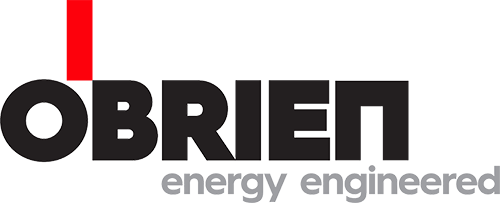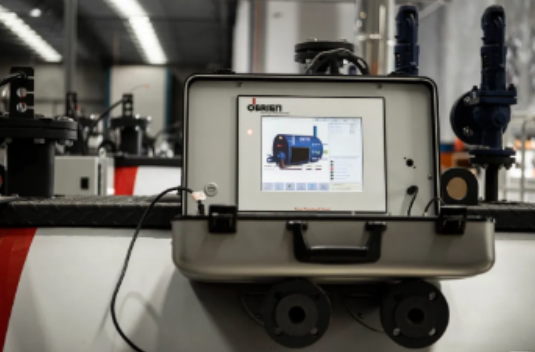Fuel prices and pressure to reduce CO2 emissions are prompting industrial boiler operators to look at ways of improving efficiency. If your boiler uses a conventional mechanical linkage control system then you are almost certainly wasting fuel. By installing an electronic Burner Management System, savings of over 10% can be made in fuel usage, running costs and CO2 emissions. Further efficiency improvements and cost savings can be made by adding Oxygen Trim and VSD Control options.

